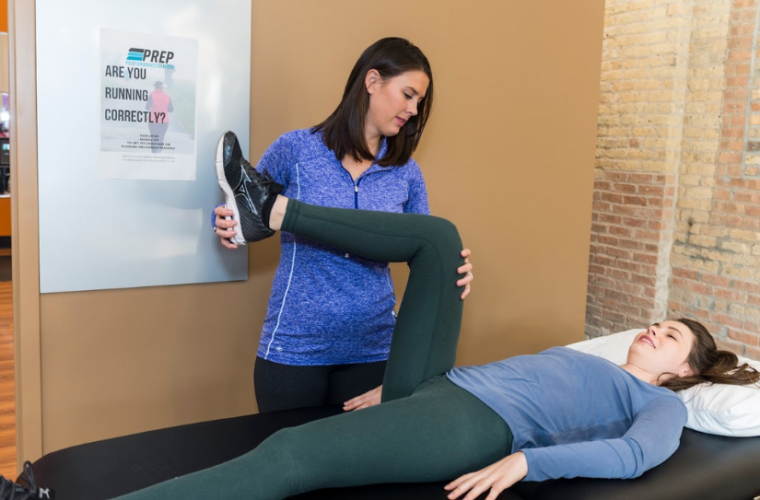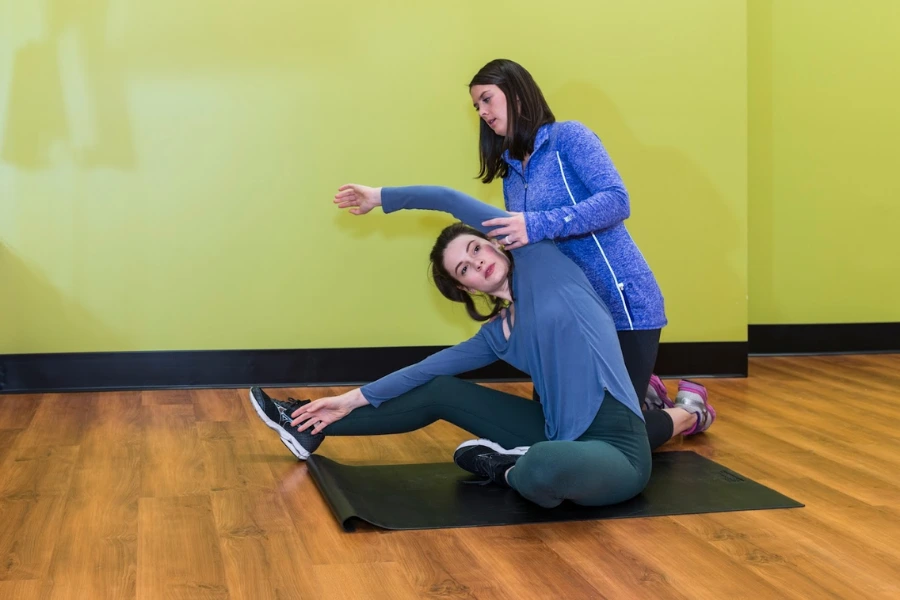If you’ve been to physical therapy, you likely got a home exercise program. Research says that if you do your …


If you’ve been to physical therapy, you likely got a home exercise program. Research says that if you do your …

Physical therapy goes beyond post-surgical care restoring strength, endurance, flexibility and stability to people who have been injured, are in pain, or have experienced an illness.